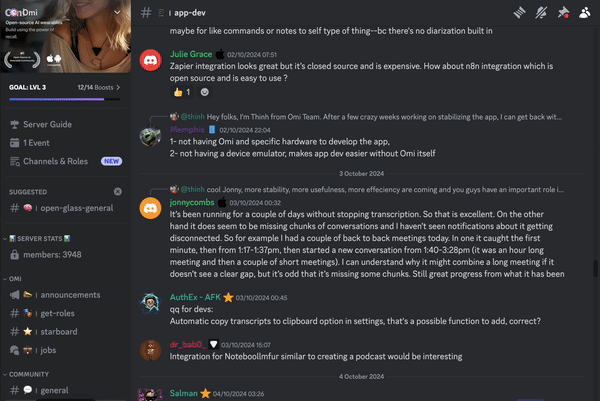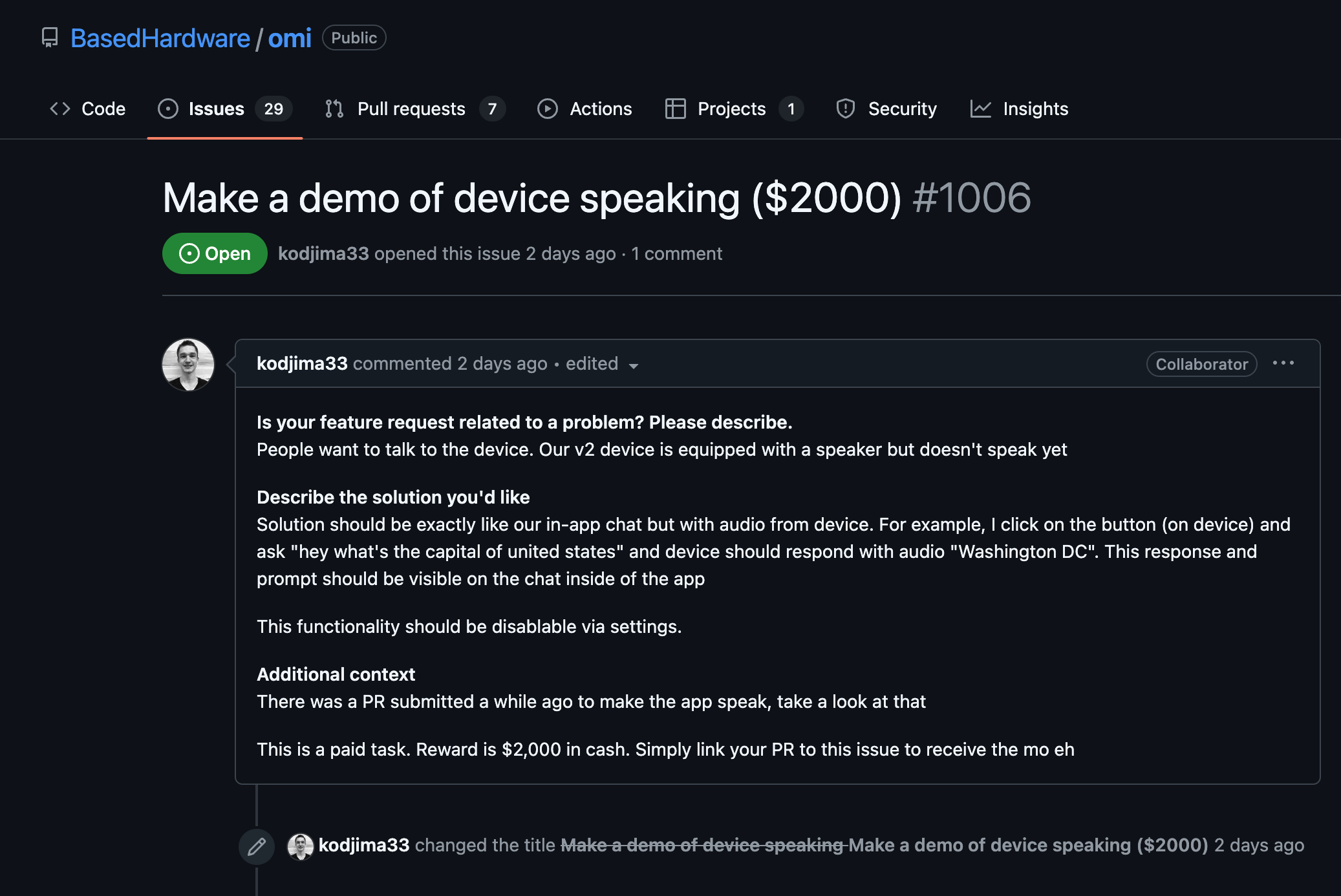Understanding the Error
- This error typically occurs when attempting to call the `.push()` method on an undefined object. It indicates that the object you expect to be an array is not defined at the moment of execution.
- Typically in JavaScript, \`TypeError: Cannot read property 'push' of undefined' arises when you attempt to perform operations on an undefined variable, expecting it to be an array.
Common Causes in Next.js
- Non-Initialized State: In React, often state variables expected to be arrays are not initialized correctly. For example:
```javascript
const [items, setItems] = useState(); // 'items' is undefined, should be initialized with a default value, e.g., useState([])
```
Attempting items.push(newItem) would cause this error.
Improper Prop Usage: Passing an undefined prop that you intend to use as an array in a child component can cause this error. For example, when fetching data asynchronously and using it without checking if it has been loaded or passed correctly.
Rendering Before Data Fetching Completion: In Next.js, especially with server-side rendering, asynchronous data fetching operations might not complete before a component tries to render and work on that data.
Incorrect or Missing Conditional Logic: Components may attempt to access or mutate properties of an object without proper checks. Without verifying existence, this leads directly to runtime errors.
```javascript
const addItem = (item) => {
if (undefinedArray) {
undefinedArray.push(item);
}
}
```
This will fail if undefinedArray is not properly set.
Mismanagement Between Client and Server-Side Code
- Next.js may blur the distinction between client and server. You must ensure that JavaScript expected to run on the client side does not rely on server-side operations that might leave variables undefined.
```javascript
export async function getStaticProps() {
// Fetch data that is expected server-side yet improperly utilized on client-side
}
```
Mismanaging such data can inadvertently lead to the use of undefined props or states.
- If data is fetched on the server but expected to be ready for client-side operations without appropriate checks or initial states, operations like `.push()` can inadvertently execute on undefined variables.
Key Coding Considerations
- Consistent Data Checks: Always verify the initialization and existence of arrays or objects before mutating them.
- Use of Conditional Rendering: Apply conditional checks within your JSX to prevent rendering logic errors linked to `undefined` data.

























